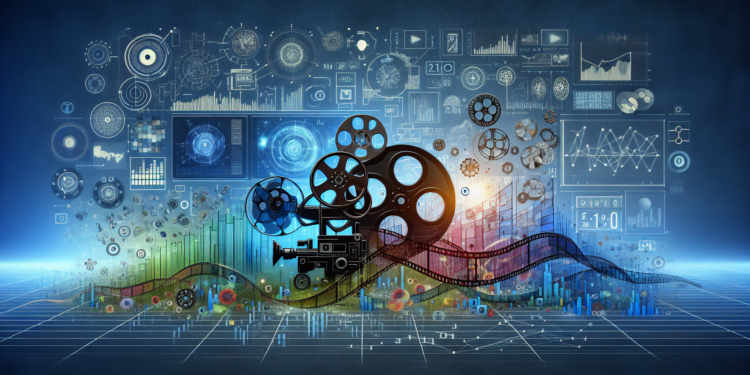Artificial Intelligence (AI) has undergone an unprecedented revolution in the past decade, with systems now surpassing humans in specific tasks such as image recognition, language translation, and strategic games. Video analysis represents one of the most dynamic and fast-growing fields within AI, combining computer vision techniques and deep learning to interpret audiovisual content.
1. Theoretical Framework: Fundamentals of Computer Vision and Deep Learning
Modern video analysis relies on two fundamental pillars: computer vision and deep learning. Deep learning models, such as Convolutional Neural Networks (CNNs) and Recurrent Neural Networks (RNNs), have proven to be particularly effective in extracting complex patterns in visual and sequential data. CNNs process pixels and recognize structures in images, while RNNs and their variants like Long Short-Term Memory (LSTM) and Gated Recurrent Unit (GRU), optimize the analysis of temporality in video.
2. Recent Advances in Algorithms
Advances in network architectures, such as Generative Adversarial Networks (GANs) and attention neural networks, are redefining the landscape of video analysis. GANs have paved the way for more realistic generation of synthetic content, essential for model training without compromising privacy. Attention networks, employing transformer mechanisms, are improving contextual understanding of video sequences by weighing the relative importance of different regions and frames over time.
3. Practical Applications: Case Studies in Industry and Security
In industrial applications, video analysis automates and enhances quality control by identifying defects and anomalies in manufactured products with outstanding precision. A relevant case study is the implementation of AI in electronic assembly lines, where each component requires monitoring to comply with strict standards.
In the security sector, AI transforms monitoring through automatic recognition of anomalous behaviors and suspicious objects. An example is the development of systems in airports that, by interpreting body language and analyzing the flow of people, identify potential risks dynamically, improving the efficiency of security checks without creating bottlenecks.
4. Overcoming Limitations: Challenges in Video Analysis
To date, one of the significant limitations in video analysis has been handling data under non-ideal conditions. Models require enhanced robustness to interpret scenes with variations in lighting, occlusion, and perspective. Current techniques, such as data augmentation and training in specific domains, have partially mitigated these issues but have yet to fully resolve them.
5. Innovations on the Horizon: Towards Predictive and Autonomous Analysis
Looking to the future, the promise of predictive analysis in video is particularly intriguing. AI systems are beginning to not only understand the current content of a video but also predict future events based on learned patterns. An innovation in this direction is the incorporation of long-term memory into RNNs, allowing for the anticipation of action sequences in advance.
6. Ethical and Social Implications
It’s impossible to discuss video analysis without addressing ethical and social implications. The capacity to monitor and analyze individuals raises serious concerns about privacy and mass surveillance. AI developers are called upon to create systems that are respectful of regulations and sensitive to issues of bias and equity.
7. Future Developments
Regarding future developments, a clear trend is seen towards multisensory integration, where AI will combine video data with other sources of information such as audio, depth sensors, and thermal data. These multimodal systems will offer an even more comprehensive and nuanced understanding of the environment and its dynamics.
The confluence of the trends mentioned and the ongoing progress in computational power heralds an era where AI-powered video analysis will set the pace in multiple sectors, redefining not only what is possible to automate but also how we interact with the world through machines. We are on the eve of an advancement that will dramatically transform our lives and the very fabric of society.






















